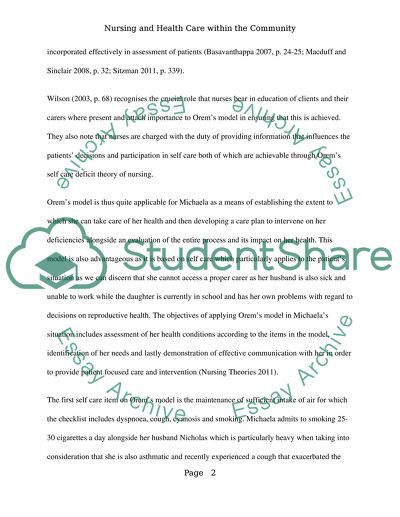Cite this document
(“Nursing and Health Care within the Community Essay”, n.d.)
Retrieved de https://studentshare.org/nursing/1391412-nursing-and-health-care-within-the-community
Retrieved de https://studentshare.org/nursing/1391412-nursing-and-health-care-within-the-community
(Nursing and Health Care Within the Community Essay)
https://studentshare.org/nursing/1391412-nursing-and-health-care-within-the-community.
https://studentshare.org/nursing/1391412-nursing-and-health-care-within-the-community.
“Nursing and Health Care Within the Community Essay”, n.d. https://studentshare.org/nursing/1391412-nursing-and-health-care-within-the-community.


